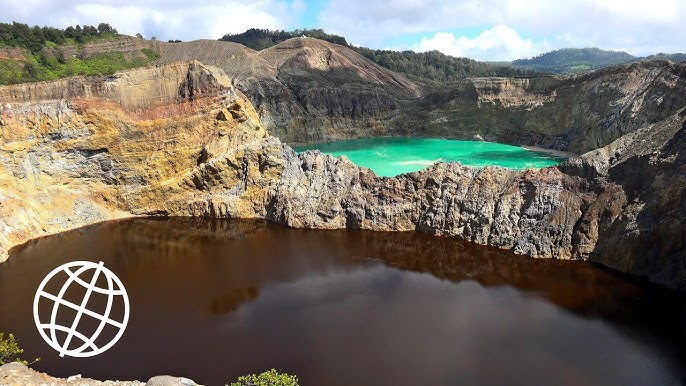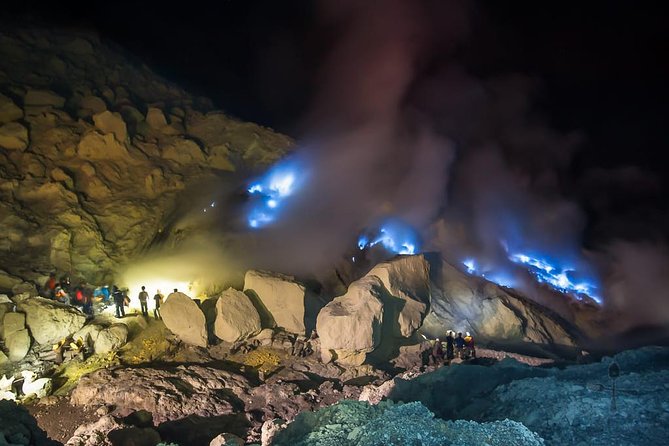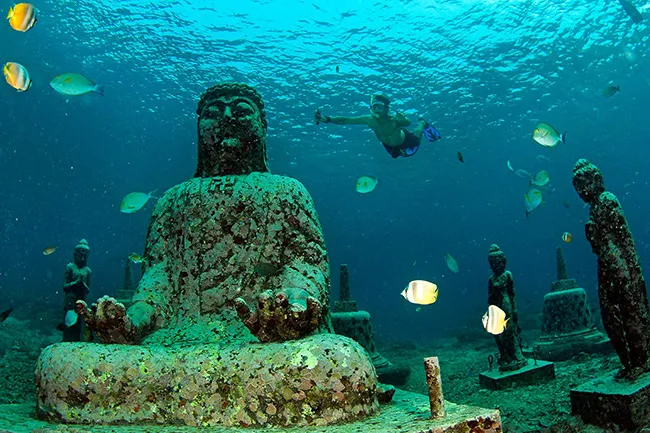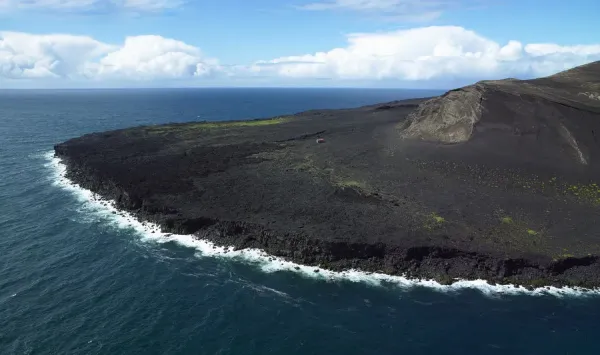Unique Volcano, – Surtsey is one of the world’s youngest islands and one of the most fascinating natural laboratories on Earth. Located off the southern coast of Iceland, this volcanic island emerged from the ocean during an underwater eruption that began in 1963. Today, Surtsey stands as a protected UNESCO World Heritage Site and a rare example of how life colonizes new land from scratch.
What Is Surtsey Island
Surtsey was formed after a series of underwater volcanic eruptions pushed lava and ash above sea level. The eruption lasted nearly four years and created an island measuring about 2.7 square kilometers at its peak. Over time, erosion has reduced its size, but the island remains an important scientific treasure.
Since its formation, Surtsey has been strictly protected. Only a small number of researchers are allowed to enter the island each year. This strict policy ensures that the development of plant and animal life is natural and unaffected by human activity.
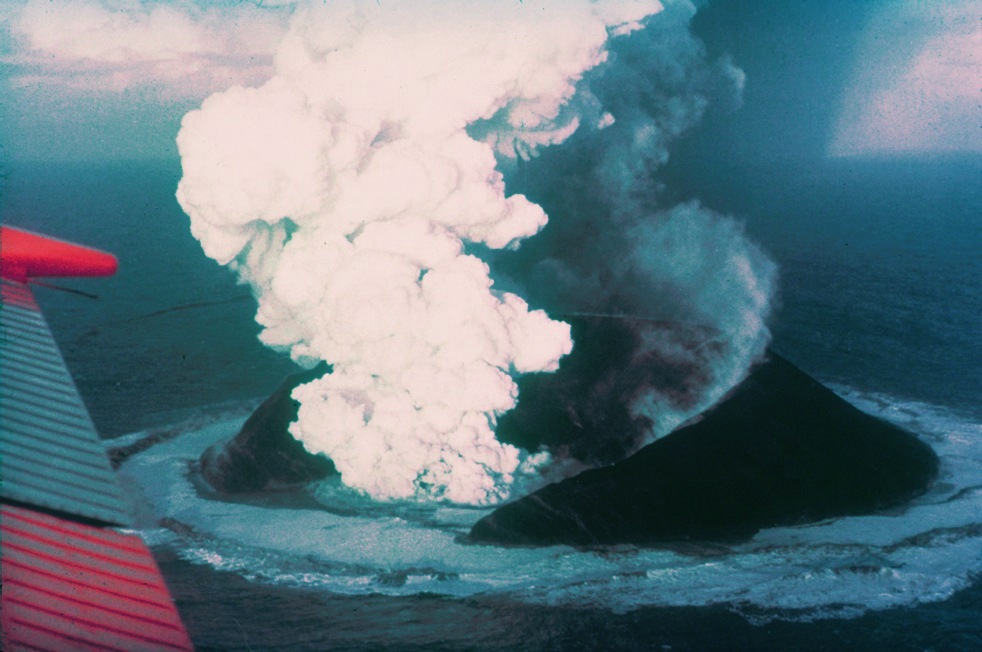
How Surtsey Was Formed
Surtsey rose from the depths of the North Atlantic Ocean during an eruption from the Vestmannaeyjar volcanic system.
The volcanic activity created layers of lava, tephra and basalt that eventually solidified into a stable island. The combination of ocean waves, hot lava, and rapid cooling created dramatic coastal cliffs and black sand beaches that still shape the island today.
Why Surtsey Is Important for Science
Scientists consider Surtsey a living laboratory for studying ecological development. Since the island began as a sterile environment with no life, researchers have been able to observe how plants, insects, birds and marine species gradually establish themselves.
Key scientific contributions include:
- The study of how seeds arrive through wind and ocean currents
- Observation of the first mosses, fungi and vascular plants
- Understanding bird nesting patterns and how animal life accelerates soil formation
- Monitoring geological changes from volcanic activity and erosion
Surtsey provides rare insight into how new ecosystems begin and evolve naturally.
Wildlife and Vegetation on the Island
In the first years after its formation, Surtsey had almost no life. Over time, the island became home to:
- Mosses and lichens
- Sea birds such as puffins, seagulls and fulmars
- Insects brought by wind and ocean debris
- Marine organisms along the coast
The presence of bird colonies has significantly enriched the soil, allowing more complex plants to grow. Today, Surtsey hosts over 70 plant species.
Can Tourists Visit Surtsey
Surtsey is not open to the public. To protect the scientific integrity of the island, only accredited researchers may land there. However, visitors can view the island from boat tours or by air. The nearby island of Heimaey offers museums and exhibitions explaining the formation and scientific importance of Surtsey.
Best Time to View Surtsey
The best period to see Surtsey from a distance is during Iceland’s summer season from June to August. The weather is milder and daylight hours are long, giving clearer views of the island and surrounding ocean landscape.
Conclusion
Surtsey is one of the planet’s most unique natural wonders. Born from an underwater volcanic eruption and protected since its creation, the island stands as a rare and valuable ecological laboratory. Its formation, untouched environment and scientific significance make Surtsey one of Iceland’s most fascinating natural stories.
